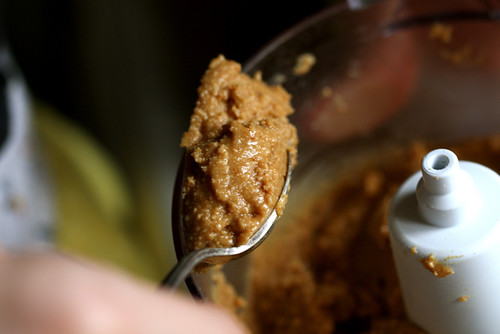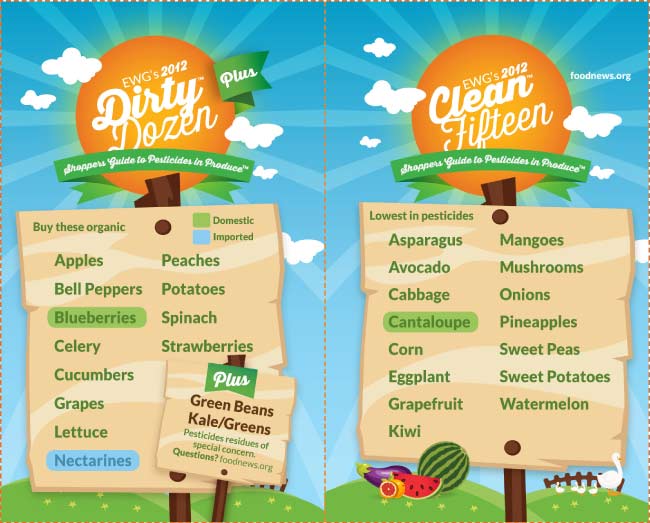
Peanut butter is a staple for children and adults alike, providing a delicious and nutritious option that very few people dislike. The nutritional value of peanut butter is great - it is a high in protein, contains "good" fats (aka no cholesterol - just healthy monounsaturated and polyunsaturated
. In fact, studies have been shown that peanut butter may in fact lower your bad cholesterol levels while maintaining your good cholesterol levels), and is high in fiber. Pb also has B vitamins and vitamin E, is high in antioxidants, and good news for adults - it is said that eating nuts in general (including pb) twice a week makes you less likely to gain weight than someone who doesn't eat them. There are many diseases that pb has been shown to help fight against such as - heart disease, Alzheimers, cardiovascular, and even cancers.
Although peanut butter has these great values to it, you need to be careful which peanut butter you get as there are many that have sugar, salt, and oils added, which negate its value and can be the catalyst for other problems. For example, partially hydrogenated oils are added to many peanut butters to prevent the natural separation of oils - partially hydrogenated oils are trans fats. Natural peanut butter is the way to go, it's worth that extra step of needing to stir it. (Tip: store your unopened pb jars upside down, it will help when you go to stir it.) Really, the only ingredient you want in peanut butter is peanuts.
Here are some facts/information on various brands of "natural" pb:
Skippy "Natural" PB:
Added Ingredients - sugar, oil, and salt
Jiff "Natural" PB:
Added Ingredients - sugar, oil, salt, and molasses
Peter Pan "Natural" PB:
Added Ingredients - sugar, oil, and salt

Look on labels to find a peanut butter whose only ingredient is peanuts or, if you need a bit more flavor those with only salt as the additional ingredient. (Ex. Trader Joes unsalted or salted peanut butter or Whole Foods 365 peanut butter) Or, if you feel adventurous you could make your own! Here is a tutorial on how to make your own pb from
Joy the Baker - based on all the information above, I would recommend choosing roasted unsalted peanuts and salting to flavor, if needed.


 Peanut butter is a staple for children and adults alike, providing a delicious and nutritious option that very few people dislike. The nutritional value of peanut butter is great - it is a high in protein, contains "good" fats (aka no cholesterol - just healthy monounsaturated and polyunsaturated. In fact, studies have been shown that peanut butter may in fact lower your bad cholesterol levels while maintaining your good cholesterol levels), and is high in fiber. Pb also has B vitamins and vitamin E, is high in antioxidants, and good news for adults - it is said that eating nuts in general (including pb) twice a week makes you less likely to gain weight than someone who doesn't eat them. There are many diseases that pb has been shown to help fight against such as - heart disease, Alzheimers, cardiovascular, and even cancers.
Peanut butter is a staple for children and adults alike, providing a delicious and nutritious option that very few people dislike. The nutritional value of peanut butter is great - it is a high in protein, contains "good" fats (aka no cholesterol - just healthy monounsaturated and polyunsaturated. In fact, studies have been shown that peanut butter may in fact lower your bad cholesterol levels while maintaining your good cholesterol levels), and is high in fiber. Pb also has B vitamins and vitamin E, is high in antioxidants, and good news for adults - it is said that eating nuts in general (including pb) twice a week makes you less likely to gain weight than someone who doesn't eat them. There are many diseases that pb has been shown to help fight against such as - heart disease, Alzheimers, cardiovascular, and even cancers. Look on labels to find a peanut butter whose only ingredient is peanuts or, if you need a bit more flavor those with only salt as the additional ingredient. (Ex. Trader Joes unsalted or salted peanut butter or Whole Foods 365 peanut butter) Or, if you feel adventurous you could make your own! Here is a tutorial on how to make your own pb from Joy the Baker - based on all the information above, I would recommend choosing roasted unsalted peanuts and salting to flavor, if needed.
Look on labels to find a peanut butter whose only ingredient is peanuts or, if you need a bit more flavor those with only salt as the additional ingredient. (Ex. Trader Joes unsalted or salted peanut butter or Whole Foods 365 peanut butter) Or, if you feel adventurous you could make your own! Here is a tutorial on how to make your own pb from Joy the Baker - based on all the information above, I would recommend choosing roasted unsalted peanuts and salting to flavor, if needed.